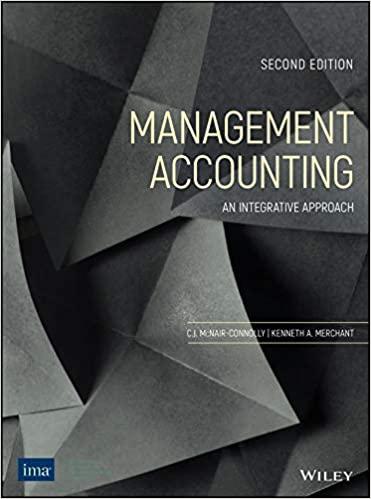Question
Use the table below to answer the following question(s). Remington Textiles has a mill that produces three types of fabrics on a make-to-order basis. The
Use the table below to answer the following question(s). Remington Textiles has a mill that produces three types of fabrics on a make-to-order basis. The mill operates on a 24/7 basis. The key decision facing the plant manager is about the type of loom needed to process each fabric during the coming 12 weeks to meet demands for the three fabrics and not exceed the capacity of the looms in the mill. Two types of looms are used: Jaquard and Northrop. Jaquard looms can be used to make all fabrics and are the only looms that can weave certain fabrics, such as plaids. Demands, variable costs for each fabric, and production rates on the looms are given in the table below. The mill has 10 Northrop looms and 2 Jaquard looms. Any fabrics that cannot be woven in the mill because of limited capacity will be purchased from an external supplier, finished at the mill, and sold at the selling price. In addition to determining which looms to use to process the fabrics, the manager also needs to determine which fabrics to buy externally.
| Remington Textiles | |||||
| Data | |||||
| Fabric | Demand (yards) | Jaquard Capacity (yards/hour) | Northrop Capacity (yards/hour) | Mill Cost ($/yard) | Outsourcing Cost ($/yard) |
| 1 | 50,000 | 5.6 | 0 | 0.53 | 0.81 |
| 2 | 62,000 | 5.2 | 4.8 | 0.6 | 0.85 |
| 3 | 35,000 | 4.8 | 4.5 | 0.71 | 0.84 |
Answer the following questions using a linear optimization model. According to the model, what is the total amount of Fabric 2 to be purchased?
Step by Step Solution
There are 3 Steps involved in it
Step: 1

Get Instant Access to Expert-Tailored Solutions
See step-by-step solutions with expert insights and AI powered tools for academic success
Step: 2

Step: 3

Ace Your Homework with AI
Get the answers you need in no time with our AI-driven, step-by-step assistance
Get Started


